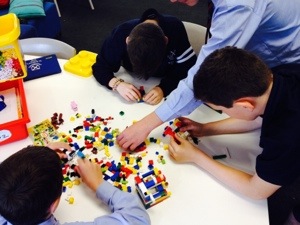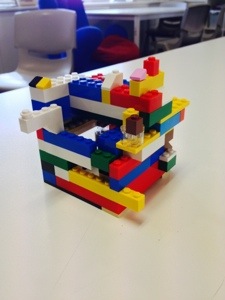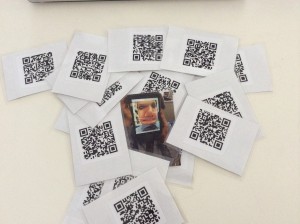Jumping up the ladder
So this post title is a play on my jumping back into both integrated ICT use in my room as well as blogging but also a play on the name of the tool I am using – Studyladder.
First about me – after a hectic year of ICT use in 2014 involving a new 1:1 iPad program at my school, I’ve taken a real step back from ICT integration this year, and gotten back to the basics of teaching. I won’t lie, there were students in my new class disappointed about this, with my reputation as the techie teacher preceding me, but I’m a firm believer in tech use not being tech-centric. That is, the tech should support the learning and if it doesn’t , it shouldn’t be used. I felt with the iPads last year there was a pressure to show that they were worthwhile and some of what I did pushed into the ‘using tech for its own sake’ field and that made me uncomfortable. So this year I have consciously tried to use ICT only if there is a clear advantage for the students in doing so. Its been a bit of a reset, really.
So this study ladder thing. I am using it as a basis for Mathematics homework. I can set modules for different students and monitor their performance in those modules. I can see how many times they have attempted their work, and how their results have changed through these attempts. It certainly fits my criteria of tech use as it allows functionality that would not be possible without it.
I have also started developing individual blogs for my students and through those will start delving back into more regular tech enhancement.






Recent Comments